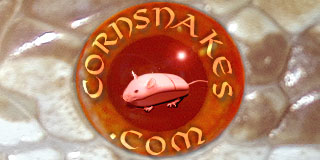Hi guys,
First of all apologies if this has already been asked, I did a quick scout around and couldn't really find anything.
My question really is for night time viewing/lighting which colour of bulb provides the most benefits. The bulb isn't required to provide heat as I have under viv heat matts which keep the surface temperature at acceptable levels.
I have heard blue bulbs provide something closer to natural moonlight, but lots of people seem convinced that snakes are unable (or particularly bad at) seeing light from the red end of the spectrum, so red bulbs are preferable for night time lighting.
I'm sure there are arguments for both, but it would be good to here from someone who has tried and tested both and has experience of each option.
Many thanks in advance
First of all apologies if this has already been asked, I did a quick scout around and couldn't really find anything.
My question really is for night time viewing/lighting which colour of bulb provides the most benefits. The bulb isn't required to provide heat as I have under viv heat matts which keep the surface temperature at acceptable levels.
I have heard blue bulbs provide something closer to natural moonlight, but lots of people seem convinced that snakes are unable (or particularly bad at) seeing light from the red end of the spectrum, so red bulbs are preferable for night time lighting.
I'm sure there are arguments for both, but it would be good to here from someone who has tried and tested both and has experience of each option.
Many thanks in advance
